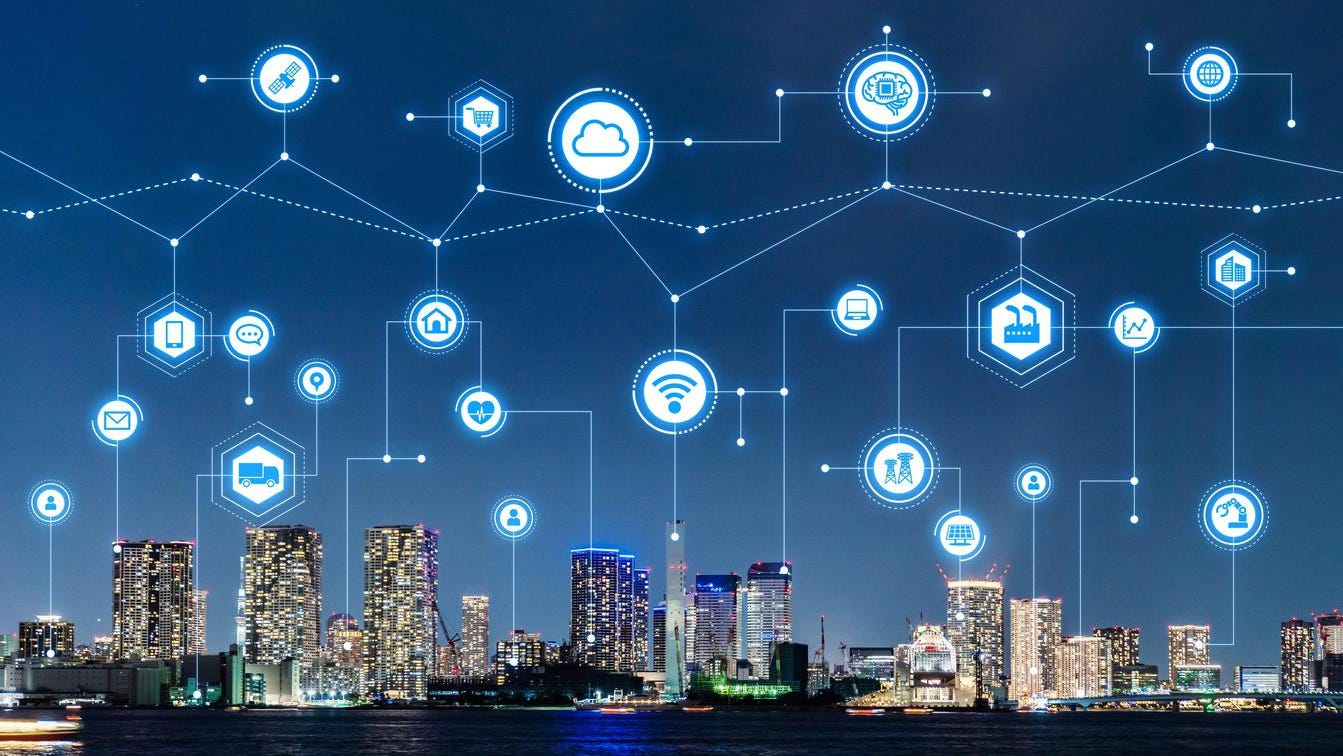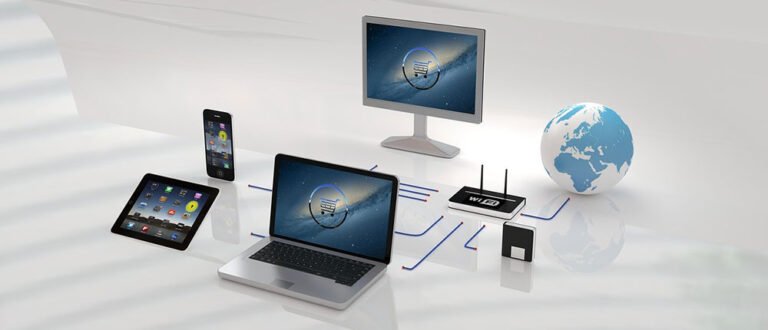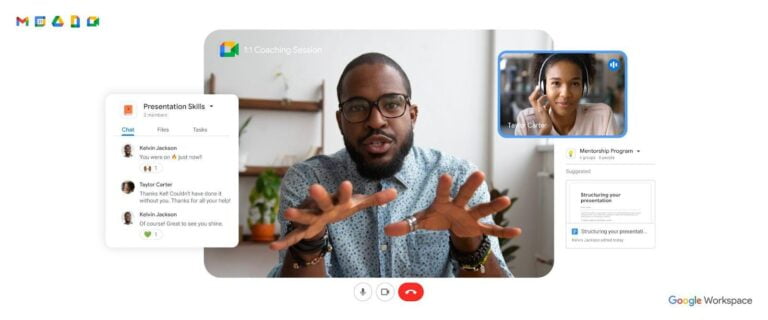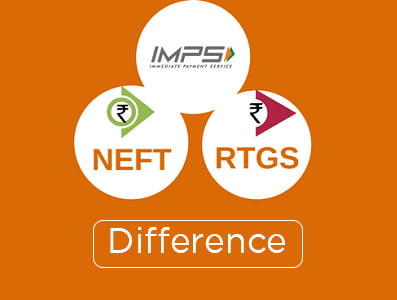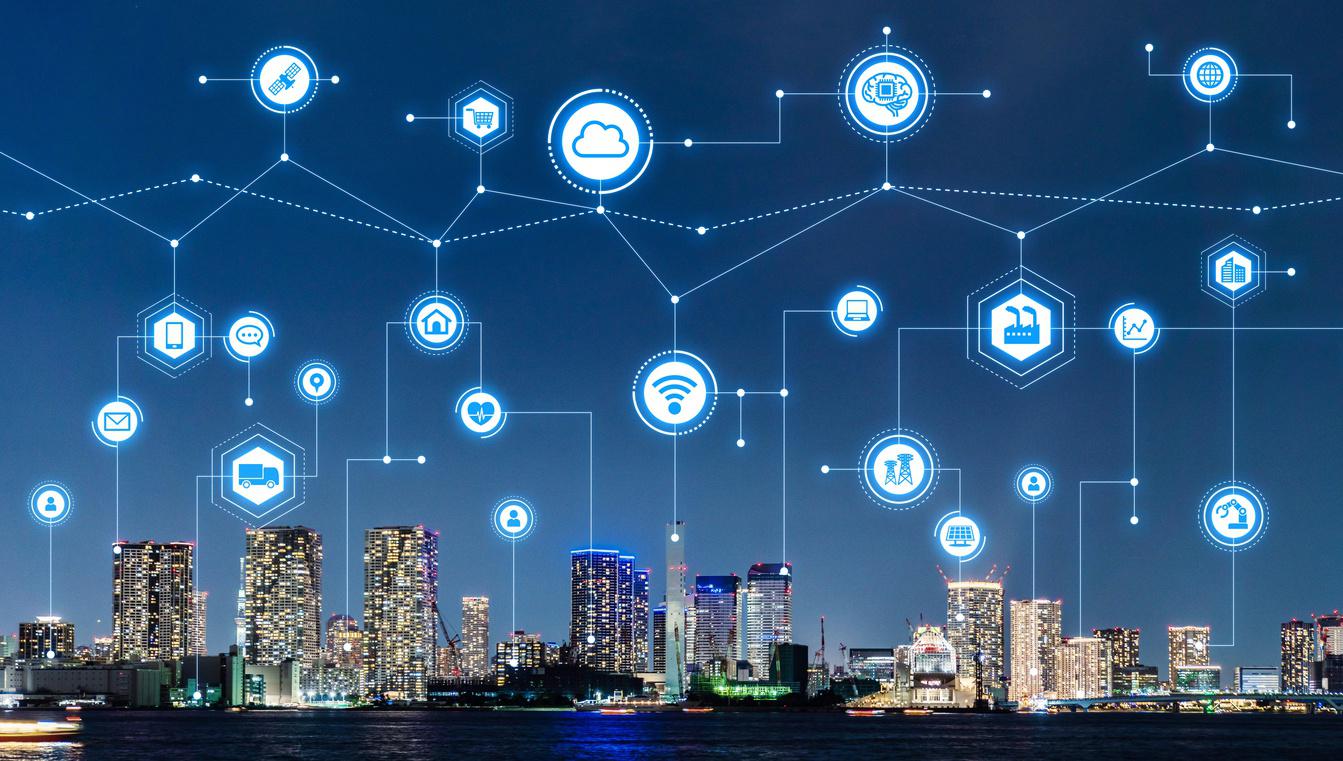
As Verizon and Google Cloud join forces to build the next-generation of services for 5G mobile edge computing, Verizon’s Matthew Threefoot explains the transformative power of 5G and edge for enterprises.
5G and edge compute are driving what many are calling the fourth Industrial Revolution.
getty
In his two decade career, Matthew Threefoot has worked on almost every major innovation at Verizon. He cut his teeth on network planning that literally laid the groundwork for Fios, followed by developing the architecture for video-on-demand delivery on the system. He then moved on to leading cloud orchestration and IoT projects before taking his current role, as director for 5G Edge platforms and products.
As Verizon embarks on a major collaboration in 5G mobile edge compute services in partnership with Google Cloud, Threefoot sat down with Alicia Abella, a veteran of Bell Labs and Women in Technology Hall of Famer who joined Google Cloud in 2020 as a managing director for telecommunications, media and entertainment industry solutions.
They discussed how 5G and edge are poised to transform every corner of the enterprise, and how communication service providers can be the drivers of this innovation.
For those who might not be familiar with edge computing, can you say a little about what Verizon and Google Cloud are working on?
Table of Contents
- 1 For those who might not be familiar with edge computing, can you say a little about what Verizon and Google Cloud are working on?
- 2 So edge is going to transform the enterprise. What’s an example?
- 3 So all the innovations of the past decade, the smartphones and smart homes and smart factories, the connected cars and connected cities, you’re saying we haven’t been that smart after all?
- 4 And there’s a cost savings associated with reducing the transport cost of all that data, too.
- 5 We’ve talked a lot about manufacturing. Are there other industry verticals that you’re seeing traction with when it comes to edge and 5G?
- 6 Say more about that connection, between 5G and cloud. Why can’t an enterprise just do all this with existing networks?
- 7 Speaking of handoffs, where does partnership fit into enterprise edge?
- 8 On the flip side, how do you protect investments from being cannibalized by users and partners, as we saw with a lot of the services that arose in the 4G era, whether it was ride sharing, or delivery apps, or games? How will this time be different?
- 9 It’s what we all want: simplicity, reliability, and security.
Not to sound too cliche, but we think what 5G and edge compute are driving is what many are calling the fourth Industrial Revolution.
It’s really about combining a lot of key capabilities, like the Internet of Things, embedded sensors, artificial intelligence and machine learning at the edge—the edge of the network. There are software-defined networks that dynamically control the network without swapping hardware so much. So it’s all these things, and so much more, plus all the great advances you at Google have done in cloud computing, in bringing all these existing and emerging computing capabilities, and bringing those to the edge of the network.
Matthew Threefoot is director for 5G Edge platforms and products at Verizon.
Google Cloud
In short, it’s taking Google Cloud’s best-in-class cloud services with Verizon’s best-in-class network services, and doing it in a holistic framework to really be able to create what we call “a real-time enterprise effect.”
Related: Introducing Google Distributed Cloud—in your data center, at the edge, and in the cloud
So edge is going to transform the enterprise. What’s an example?
One of the most obvious and popular—and one we’re already working on with Ericsson on in the real world—is smart factories.
We’re talking about being able, some day, to automate everything, all the way from the first time something gets inputted, like raw materials at the source, to a shelf in a factory, putting that all together on the line, packing, logistics, all the way through to the end user. And that’s just one example of tracking things at a hyper-localization level with our network APIs.
Suddenly you can automate so many system processes that weren’t automated before.
And an important part of this is, we’re spanning private networks—like we’re creating in many of these enterprise settings—and the public networks we interact with every day in the real world. So being able to handle the full breadth of enterprise needs, to handle that edge orchestration both within private facilities as well as on the go.
Retail. Construction. Consumer goods. Heavy industry. Transportation. Entertainment. Rarely are these things confined to a single space. That’s what makes integration and orchestration at the edge and on the cloud so important.
So all the innovations of the past decade, the smartphones and smart homes and smart factories, the connected cars and connected cities, you’re saying we haven’t been that smart after all?
There’ve been different IoT sensors, as well as connected and smart devices, for some time, yes. But over the next decade, the use of such devices is expected to explode; there are estimates that there will be tens of billions of them. This can only feasibly be enabled by 5G.
5G can provide the high speeds, low latency and massive capacity to make this possible. Connectivity for mobile gaming and video might be important, but when it comes, say, to an autonomous drone, that is a whole different story.
Speed and latency are just as important as reliability, too, in a 5G and edge world. One thinks of the blink of an eye as being fast, but it is roughly 250 milliseconds. This can be good for many applications, and can be provided by 4G LTE networks. But for applications for which low latency is critical–such as those that help provide physical safety in a factory or a city, where machine response times need to be within a few milliseconds—you have to achieve those 5G speeds at the edge to get to true innovations.
Related: What’s in a name? Understanding the Google Cloud network “edge”
And there’s a cost savings associated with reducing the transport cost of all that data, too.
Exactly. And even just being able to get rid of the wires. Think of the flexibility. You can’t wire up a forklift, robot, or car.
I remember an old customer who had an autonomous forklift. They spent six months to a year designing the path that this forklift was gonna run, installing all the floor sensors, everything else. And the only thing it did was run that one path. And to kick it off, you had to hit a button. And if you hit the button, it would go to the start, it would run this one path and then come back. Then you’d manually reload, hit the button, and on and on. It was a cool science fair project. But it didn’t have a lot of automation to it. We’re talking about true autonomy here.
We’ve talked a lot about manufacturing. Are there other industry verticals that you’re seeing traction with when it comes to edge and 5G?
Absolutely. Retail has been a big one, especially in the time of COVID. Like crowd management, how can you take video camera feeds to, for example, make sure you have social distancing, or know wait times and capacity so you can direct people around in real time. We’re even thinking about things like touchless payments, where you don’t have to take out physical cash or a credit card, you could just use the video feeds to see what’s being taken off the shelves and bill the account directly.
Another big thing is venues. For events, you’ve got a lot of season ticket holders, VIPs, press and officials who want to go to VIP areas, the press boxes, team spaces, or other restricted areas. You could design a system that allows a person to opt-into a streamlined authentication process (say, using facial recognition), eliminating the need to fumble around for badges and credentials.
This goes for features at all kinds of facilities, like offices, labs, other properties. You could use all kinds of tools and features to grant access, monitor spaces, and so on, make it time-based, person-based. In a COVID environment especially, people want to just get in, do their thing, and get out.
All these future possibilities count on high bandwidth, low latency, device density and security. That takes 5G and edge, and those take the cloud.
Related: What’s new with Google Cloud? Find it here in one handy location
Say more about that connection, between 5G and cloud. Why can’t an enterprise just do all this with existing networks?
Let’s be frank: in today’s day and age, compute and cloud, to me, are synonymous. Cloud is being able to process your data, doing machine learning, computer vision, algorithms—all the high-bandwidth stuff you could dream of—and then doing it in a dynamic fashion wherever and whenever you need it. Cloud is about so much more than just offloading legacy servers.
And now, especially with distributed edge networks, you’re going to have lots of different locations, with lots of demanding uses. So how do you handle those handoffs? How do you spin up and spin down instances when, say, I’m traveling—I’m on the train from DC to New York.
How do I switch between all the different network locations, all the different applications—not just mine, but every passenger doing their own thing—how do I orchestrate all that? You do that on the cloud. The same is true in private factory settings, and especially moving between the factory or the office and out into the field.
Another key thing is, if you go to a factory, there might be thousands of workers there—and an IT staff of less than five. So the other big benefit of the cloud is the control planes in the cloud. All your user policies, all your roles, all your testing out of applications, that can all be done remotely, and then you can easily push that to the edge. You no longer need people in some of these remote locations who can do it.
Speaking of handoffs, where does partnership fit into enterprise edge?
Partnerships are key. We all do a lot of good things, but I don’t think we’re arrogant enough to think that we can do it alone or that we have the answer to everything. That used to be how a lot of companies thought, but not anymore.
That’s why we want to bring in the best in class of everything we’re doing with edge. We’re working in our Verizon 5G Labs, and in Google’s labs where we work with some of the best and brightest startups, and together we’re all building these use cases that no one has ever thought of before. And then we partner with real-world enterprises, like we’re doing with Ericsson, to bring these innovations to life.
On the flip side, how do you protect investments from being cannibalized by users and partners, as we saw with a lot of the services that arose in the 4G era, whether it was ride sharing, or delivery apps, or games? How will this time be different?
For one thing, we’ve learned a lot since then, and balanced our approach more. It’s also the case that 5G is far more complex, and has far more potential, so it’s not just about building tools and interfaces on top of our network anymore.
We want to bring the full assets of our technology to bear. So not just our 5G networks, we’re bringing our professional services and enterprise teams together, we’re building all these network APIs, there can be network slicing, we have our Edge Discovery Service API and others that help people build their own applications.
It’s not just about providing you with a connection. I’m going to help you find the right connections and build from there, with a complete toolkit.
It’s what we all want: simplicity, reliability, and security.
Exactly. And that’s why we’re doing it all on the cloud. Because that’s what you get with a modern cloud.
See you in the cloud.
Google Cloud

